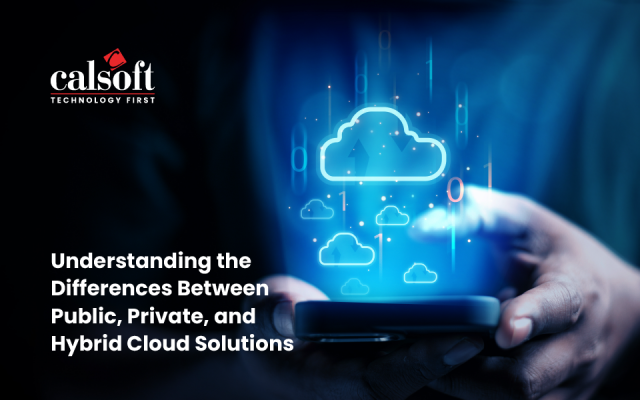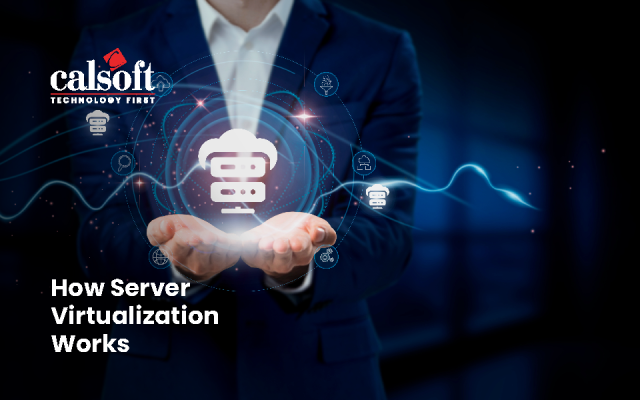Would you rather lose millions with outdated legacy systems or get your applications modernized, avoid crippling financial losses, and skyrocket business productivity? The obvious choice seems application modernization for more profits and business productivity.
However, despite the apparent advantages of legacy application modernization, a recent report from global research firm ‘Advanced’ finds that about 75% of organizations don’t invest enough resources or efforts towards a legacy system modernization project or fail to complete it. The report suggests that the primary obstacle to a successful modernization of applications is a disconnect between the priorities of the management versus those of the technical and product development teams. A half-baked, faulty application modernization strategy can lead to anything from slight rejigging of business processes and disruption in business continuity to catastrophic failures.
Case in point, LeasePlan, a vehicle management company, who sought to modernize their legacy SAP-based application that was at the core of their business processes across their offices in 32 countries. However, the application modernization was fraught with user access inconsistencies, governance issues, and a weak change management strategy. The company kept pumping money into the project until the application was abandoned, setting them back by almost $100 mn.
Roadmapping – the key to successful application modernization
With the right talent, experience, and expertise, companies can devise a legacy application modernization roadmap, that will help turn their digital transformation plans into reality, bring about operational efficiency, and help them adhere to the latest process & data standards.
One of the most common strategies of modernization includes the development of microservices-based applications where each component is broken down and deployed individually as services and the servers communicate via API calls. This enables faster deployment and better scalability at lower costs.
Our application modernization expertise is a testament to our experience of over 20 years wherein we have catalyzed our customers’ journey of digital transformation by re-architecting, re-platforming, re-hosting, re-coding, re-engineering, replacing, retiring, and introducing interoperability.
With careful analysis & research, our team of experts develops a customized roadmap for our customers seeking help with application modernization, but the following are the rough checkpoints of an application modernization journey.
Stage 1: Analysis of the legacy system – The “What”
The first step in your application modernization strategy should be the analysis of the existing system. To begin with, identify mission-critical systems, applications, and business processes. High-value assets that need to be modernized on priority can form the first tier of the legacy application modernization process. Next, teams must regroup to include experts from all user groups of the legacy system and launch a fact-finding and analysis mission. It is a good idea to divide the reverse engineering process into two areas – business value and technological impact.
- Business value assessment: Reverse-engineer the existing system’s impact on business continuity to reveal system functionality, optimal performance, cost-benefit ratio, and user-friendliness & user skill.
- Technological impact assessment: Analyse the source code, portability, program stability, cleanliness of data, redundancy, application security & potential loopholes, along with the robustness of the system architecture and databases.
The analysis should provide valuable insights to the team and answer the following questions to equip them to move on to the next step of the roadmap:
- What aspects of the legacy application work well?
- What needs to be modernized on priority and why?
- What are the business-critical dependencies on the legacy application?
With this knowledge, the team can transition to the next stage of the roadmap, defining the desired outcomes and prioritizing parts of the application for modernization.
Stage 2: Defining goals and prioritization – The “Why”
This step includes identifying the goals for the application modernization. It should answer the question “What changes to your business processes and technical specifications do you wish to achieve with the application modernization?” Answering this question will enable a more targeted implementation plan. Following this, a prioritization framework needs to be developed and implemented, which will help you create a modernization schedule. The analysis of the metrics gathered during the assessment phase decide the scope of the application modernization project. You can estimate the team size, assess whether there is a requirement for external resources for the application modernization project, and determine how many teammates you can refocus onto activities that require niche expertise in your business domain.
Stage 3: Choosing the technology and the vendor – The “How”
Incorporating cutting-edge technology into your business solutions can add tangible value to your unique selling proposition. While it is important to stay abreast of technology trends, businesses must ensure that the solution they choose is the right fit for their distinctive business case. Businesses must consider both operational as well as technology-driven solutions to develop a long-term roadmap for digital transformation. The most widely leveraged technologies that enable application modernization include microservices, containerization, cloud transformation, DevOps, low-code application platforms, and customizable APIs. Choosing the right IT partner for application modernization is equally important for the success of the modernization project.
Stage 4: Implementation and maintenance
During the deployment and implementation phase, it is vital to lay due emphasis on a proper process for data migration to prevent redundancy, noisy data, data loss, or a security compromise. A seamless transition process carried out with an incremental approach by data migration experts will ensure the safety of organizational data. Similarly, teams must deploy an effective change management plan and hold regular workshops to monitor progress and collect feedback from the modernized application’s end-users.
Adopting a holistic approach for your modernization roadmap will enhance team as well as customer experiences, improve revenue, and eliminate technical or business inefficiencies that lead to wastage of time and resources.
As soon as the initial iteration of application modernization is complete, application modernization teams must keep innovating and pivoting to incorporate the latest technological changes and stay ahead of the curve. This is usually done by progressively adding additional features on top through custom-built modules or third-party integrations as desired by the customer. Another crucial part of the continual innovation and modernization process is frequent, comprehensive risk assessment & management.
Key takeaway
Application modernization should be a continuous, iterative process that involves a systematic, step-by-step plan of action. This guarantees less disruption and grants end-users more time to get comfortable with the modernized application.
Why choose Calsoft for application modernization
Since its inception in 1998, Calsoft has been the application modernization & digital transformation partner for multiple global customers. We have ample experience in alleviating the challenges legacy systems pose to achieving our customers’ vision of digital transformation. If you wish to get started on your digital transformation journey, take a deeper look into our application modernization expertise and contact us for a quick consultation with our experts.
References:
The Annual Business Software Trends Report 2021






